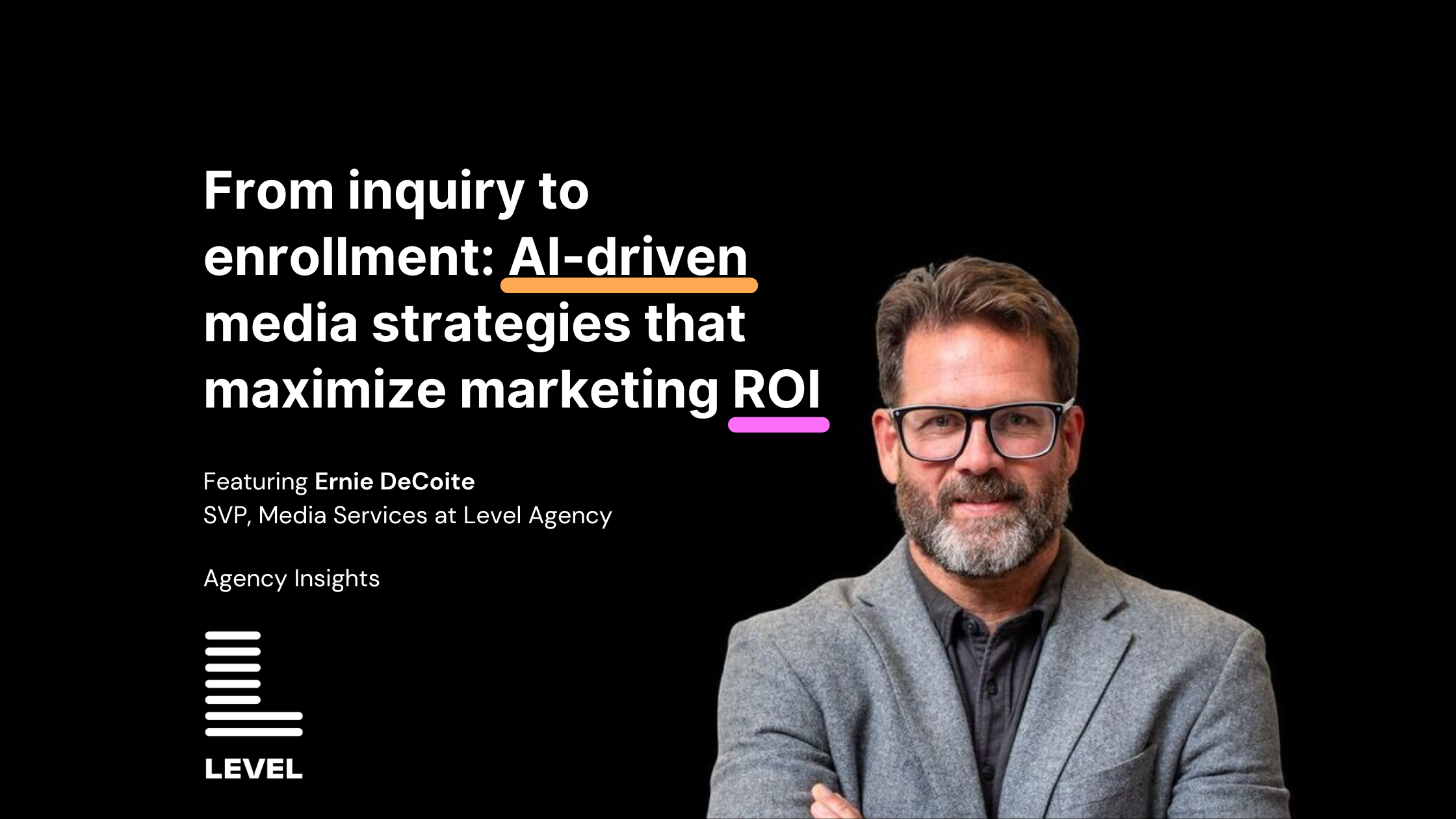Speed is no longer a competitive advantage for financial services brands—it’s a business imperative. Interest rates change overnight, markets fluctuate, and customer expectations evolve just as rapidly.
For industries like insurance, wealth management, and mortgage, keeping up means being able to adjust plans, messaging, and offers on the fly. This is what we call “Speed with Intent”—the ability to move fast, but with a clear plan to handle change effectively.
What Makes “Speed with Intent” Challenging?
- Markets Change Constantly: Financial markets are unpredictable. One day rates are down, the next they’re climbing. Customer needs change just as quickly, making it hard to keep messaging relevant.
- Strict Regulations: The financial industry operates under tight rules. Getting approvals for ads or campaigns can take time, slowing down your ability to respond to changes.
- Limited Resources: Quickly updating campaigns requires a lot of effort—from writing new copy to designing fresh creatives. Many teams simply don’t have the time or staff to keep up.
- Overwhelming Data: While there’s no shortage of data, sifting through it to find actionable insights can feel like looking for a needle in a haystack.

How to Overcome These Challenges
1. Build Agile Processes
Speed starts with setting up workflows that allow your team to respond quickly. This could mean:
- Creating templates for ads and landing pages that can be quickly customized.
- Simplifying your approval process to reduce delays.
- Encouraging collaboration between marketing, compliance, and analytics teams.
2. Use Technology to Automate
Automation tools can help take some of the pressure off your team. Here’s how:
- Dynamic Creative Optimization (DCO): Ads that automatically update based on real-time market data.
- CRM Systems: Platforms like HubSpot or Salesforce can segment audiences and send personalized campaigns automatically.
- AI Tools: AI can analyze trends and recommend actions faster than manual methods.
3. Stay Ahead of Industry Trends
Being proactive is key. Regularly reviewing past data and keeping an eye on market trends can help you anticipate what’s coming. For example:
- Watching interest rate trends to predict shifts in mortgage demand.
- Learning from last year’s campaign performance during tax season.
4. Design Modular Campaigns
Instead of starting from scratch, build campaigns with interchangeable parts. For example, create reusable templates for headlines, images, and calls-to-action so updates take hours, not days.
Ensure these templates are run through marketing compliance to ensure you have a set of creative frameworks that will always be approved and ready to launch.
Why “Speed with Intent” Matters to Different Financial Sectors
Insurance
In insurance, responding quickly can make or break customer trust. After a natural disaster, for instance, companies can use targeted campaigns to communicate about claims processes or temporary policy options. Similarly, during open enrollment periods, quick adjustments to messaging can help meet customer needs in real-time.
Wealth Management
Wealth managers deal with clients who expect timely advice. If the stock market surges, being able to share relevant opportunities instantly can reinforce your position as a trusted advisor. In downturns, shifting to stability-focused messaging can help retain client confidence.
Mortgage
The mortgage industry lives and breathes interest rate changes. When rates drop, lenders need to act fast to showcase updated offers or refinancing opportunities. Dynamic landing pages with calculators and tailored loan options ensure customers find what they need without delay, driving qualified mortgage leads while remaining compliant with housing, employment and credit rules.
Key Takeaways
- Adaptability is Key: Reacting to market changes in real-time helps you stay relevant and keep customers engaged.
- Use Technology Wisely: Automation and AI tools make it easier to deliver fast, personalized campaigns.
- Plan Ahead: Looking at past trends and building agile workflows ensures you’re ready for the future.
- Teamwork Matters: Collaboration between departments streamlines processes and helps maintain compliance while moving quickly.
By focusing on these strategies, financial services organizations can not only keep up with the pace of change but also build stronger, more trusted relationships with their customers.







